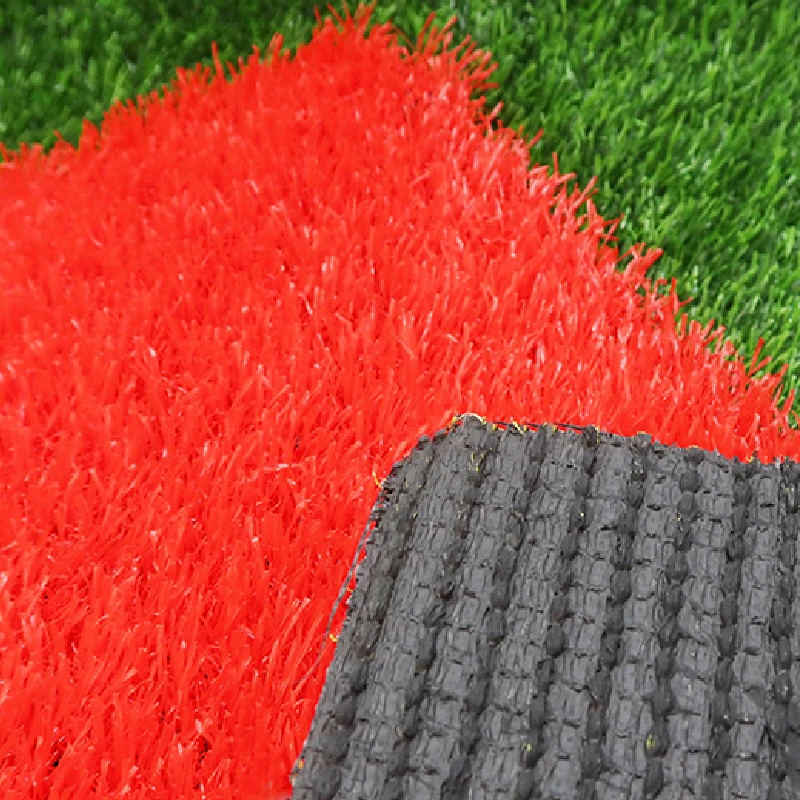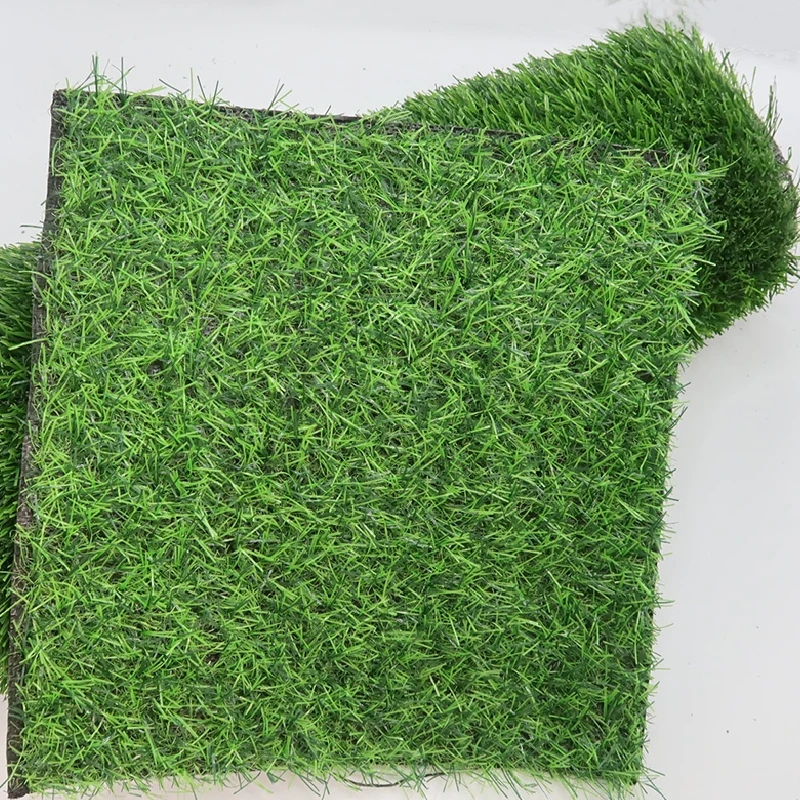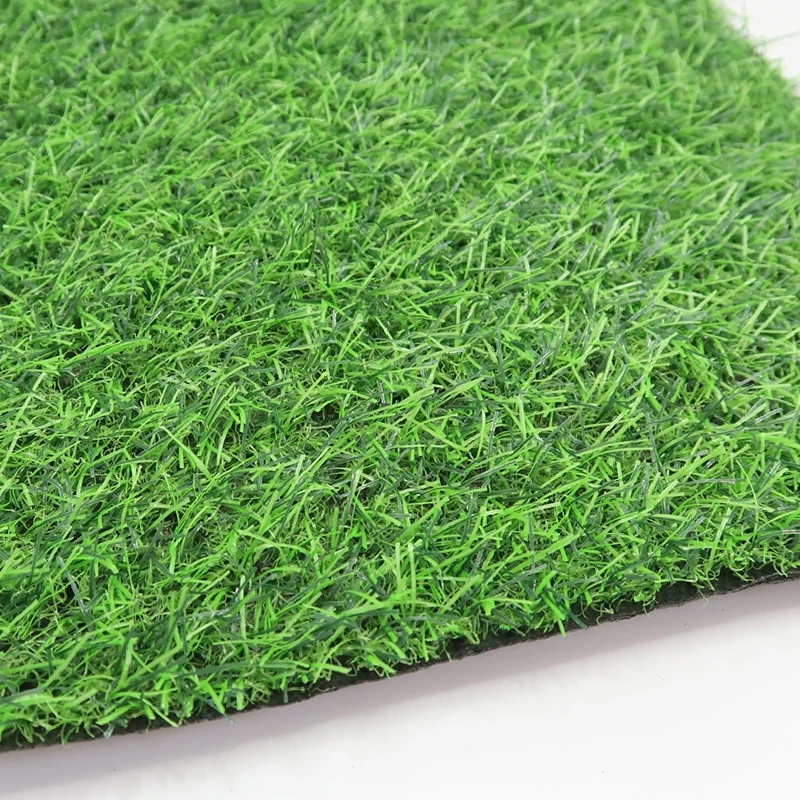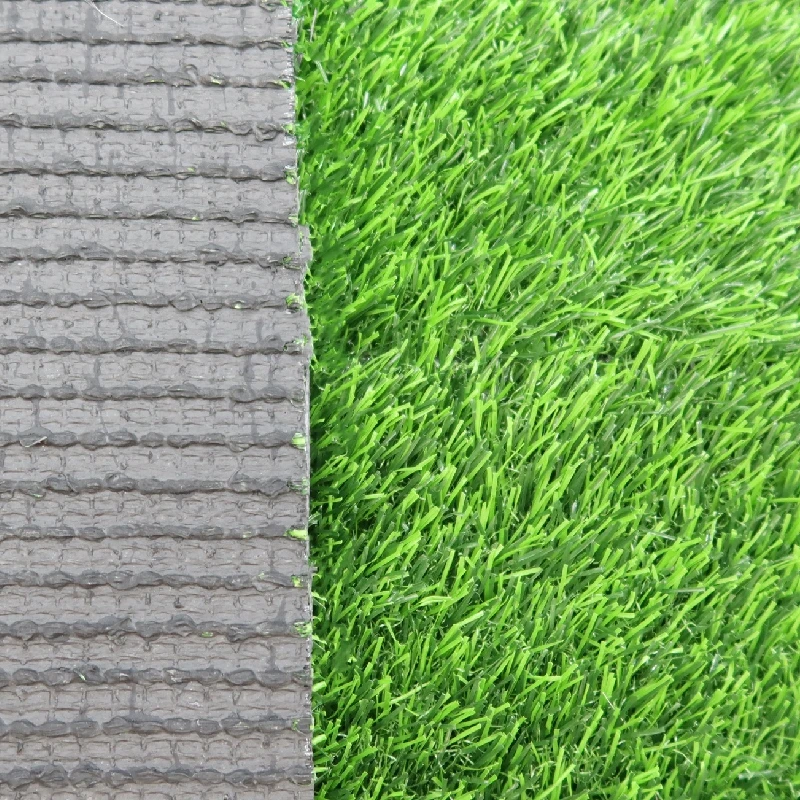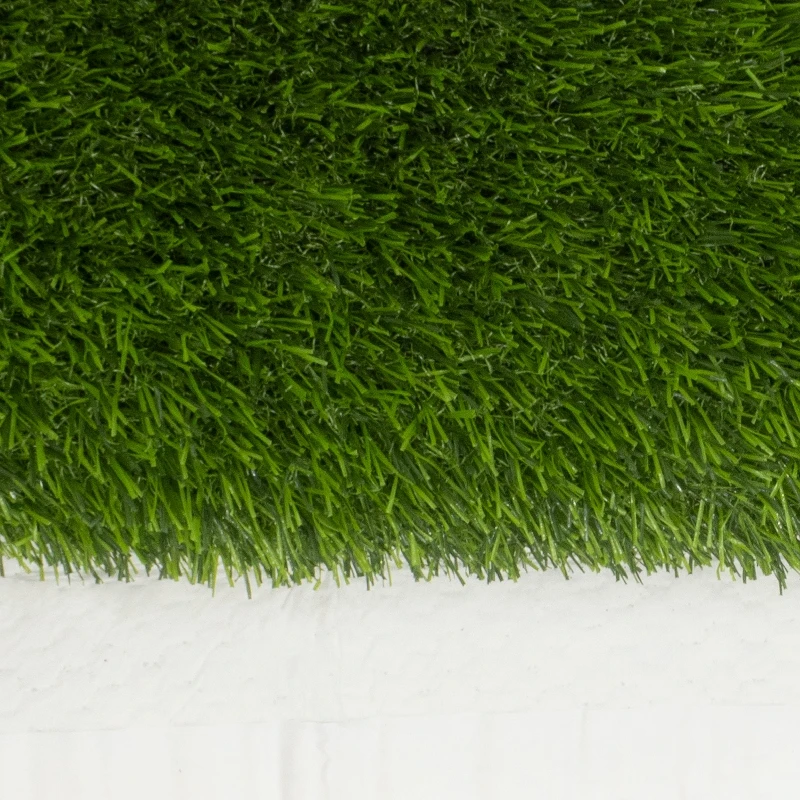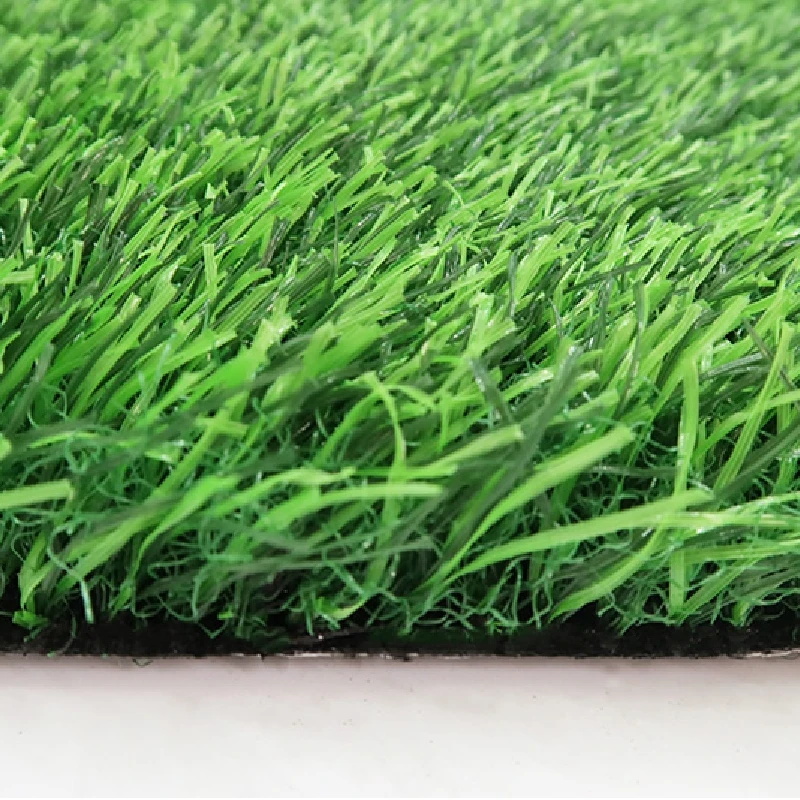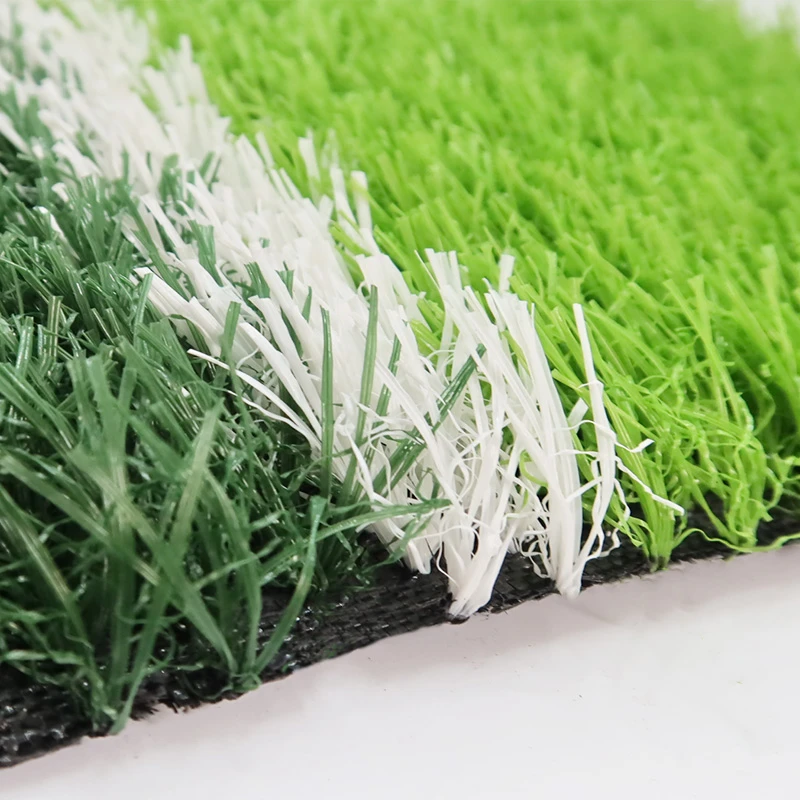
- Afrikaans
- Arabic
- Belarusian
- Bengali
- Czech
- Danish
- Dutch
- English
- Esperanto
- Estonian
- Finnish
- French
- German
- Greek
- Hindi
- Hungarian
- Icelandic
- Indonesian
- irish
- Italian
- Japanese
- kazakh
- Rwandese
- Korean
- Kyrgyz
- Lao
- Latin
- Latvian
- Malay
- Mongolian
- Myanmar
- Norwegian
- Persian
- Polish
- Portuguese
- Romanian
- Russian
- Serbian
- Spanish
- Swedish
- Tagalog
- Tajik
- Thai
- Turkish
- Turkmen
- Ukrainian
- Urdu
- Uighur
- Uzbek
- Vietnamese
putting green turf
Dec . 05, 2024 10:36 Back to list
The Importance of Putting Green Turf in Golf Course Design
When it comes to golf, the nuances of the game are as important as the mechanics of a perfect swing. One of the most crucial aspects of a golf course is the putting green, which is the final destination for every golfer's approach. As such, the quality and type of putting green turf play a significant role in not only the aesthetics of the course but also the performance and enjoyment of the game. Understanding the importance of putting green turf can enhance both the player’s experience and the longevity of the course.
Choosing the Right Turf
The selection of putting green turf is not merely a matter of appearance; it directly affects playability and maintenance. Golf course designers and superintendents often choose from different types of grass varieties, including bentgrass, Bermuda grass, and zoysia. Each type has its unique characteristics regarding growth patterns, resilience, and playing conditions.
Bentgrass is widely considered the gold standard for putting greens due to its fine texture and smooth surface. Its ability to withstand close mowing and form a dense mat makes it ideal for creating rapid, true rolls. However, the maintenance of bentgrass can be demanding, requiring specific climatic conditions and care techniques.
Bermuda grass, on the other hand, thrives in warm climates and provides a robust alternative for courses in sunny regions. It’s known for its heat tolerance and durability, making it suitable for high-traffic areas. However, its growth can be aggressive, sometimes necessitating more management to maintain a smooth putting surface.
Zoysia grass, while less common for putting greens, offers a unique resilience, especially in varying climatic conditions. Its thick and plush nature can provide golfers with a different putting experience, which some may prefer.
Impact on Playability
The type of turf laid on a putting green directly affects playability. A well-maintained putting green with quality turf can enhance the game experience, providing consistent ball rolls and predictable surfaces for putting. On the contrary, inconsistent or poorly maintained turf can lead to frustrating experiences, with balls bouncing unpredictably or not rolling true.
putting green turf

Golfers often talk about the speed of the greens, which is measured by how quickly a ball rolls across the surface. This speed is influenced by the height of the turf and the type of grass. For instance, a lower cut in bentgrass greens can lead to faster play, whereas thicker turf might result in slower greens. Understanding these dynamics is essential for golfers to adapt their putting strategy accordingly.
Maintenance Challenges
While the right putting green turf can elevate the game, it also comes with its share of maintenance challenges. Spectacular greens require consistent care, including regular mowing, aeration, and watering. Each type of turf presents its specific needs, and neglecting any aspect can lead to deteriorating conditions that affect play.
Moreover, pests and diseases can wreak havoc on putting greens if not managed properly. One pest commonly associated with putting greens is the grub, which can weaken the roots of the turf. Regular monitoring and integrated pest management strategies are key to preserving the health of the putting surface.
The Aesthetic Appeal
Beyond functionality, the aesthetic appeal of a well-maintained putting green cannot be overstated. It is often the centerpiece of a golf course that attracts players and enhances the overall vision of the course. Lush, vibrant turf can create a welcoming atmosphere, inviting golfers to challenge themselves while enjoying the scenery.
Conclusion
In conclusion, the choice of putting green turf is a vital consideration in golf course design that impacts numerous factors, from playability to aesthetic appeal. Understanding the various grass types, their maintenance needs, and their influence on the game can significantly enhance the golfing experience. For both players and course managers, the commitment to maintaining high-quality putting greens is essential. As golf continues to evolve, so too will the technologies and practices surrounding putting green turf, promising an even better experience for golfers worldwide.
-
The Benefits of Artificial Turf for Indoors
NewsJul.15,2025
-
How Artificial Grass Suppliers Ensure Quality Products
NewsJul.15,2025
-
Artificial Grass and Pets: A Space for Relaxation
NewsJul.08,2025
-
Balcony & Outdoor Decoration with Artificial Grass
NewsJul.08,2025
-
Best Indoor Artificial Grass for Home
NewsJul.07,2025
-
Best Pet Turf for Dogs: Safe & Durable Artificial Grass Options
NewsJul.07,2025
Products categories


